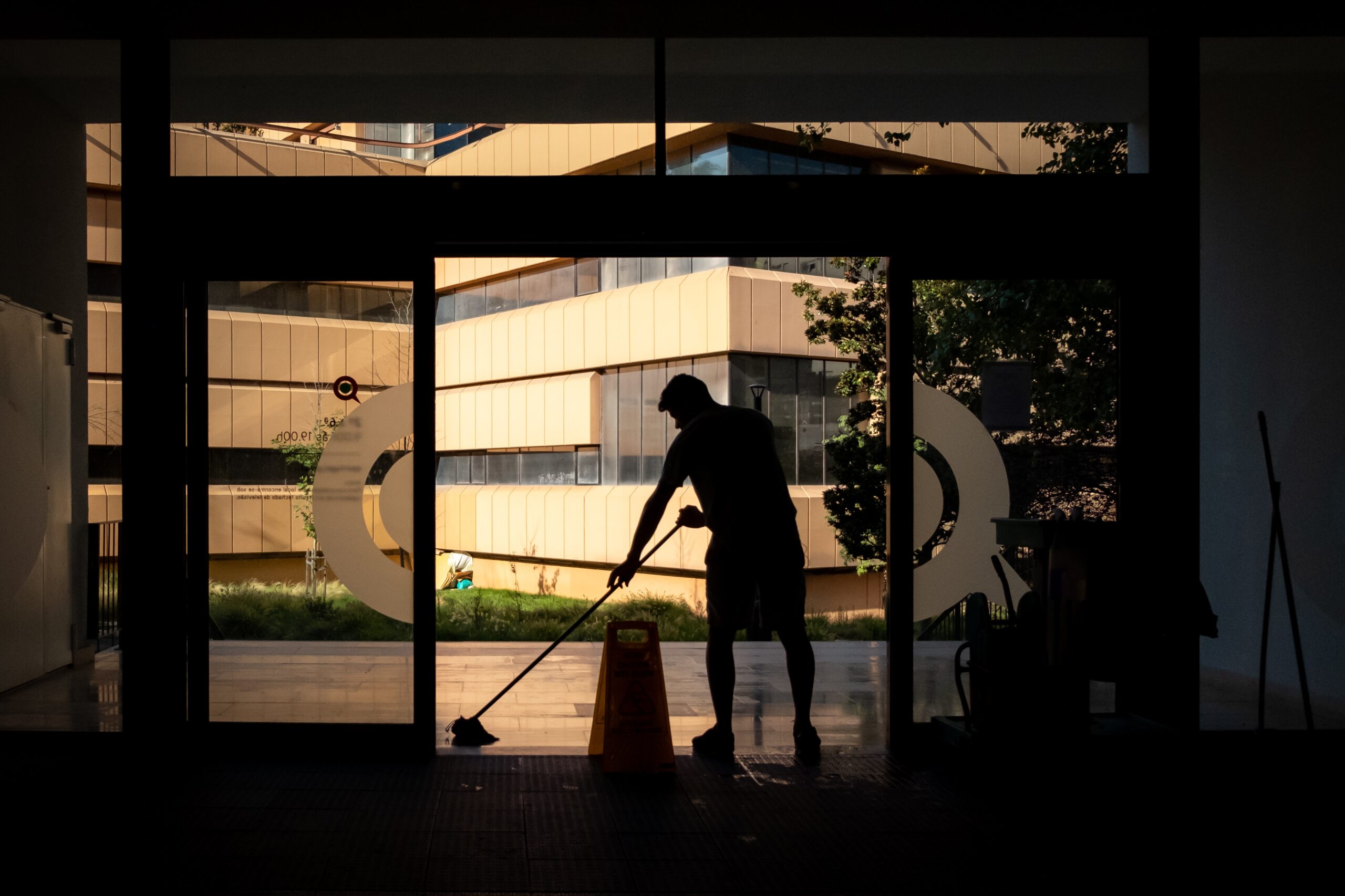
How to Clean a Pool After a Flood or Storm?
After a severe flood or storm, it’s important to take the necessary steps to clean and restore your swimming pool to its original condition. Not only will this ensure that the pool is safe for swimming, but it will also prevent long-term damage to the pool’s structure and equipment.
In this article, A Kool Pool Service will provide some tips for cleaning pools after a severe flood or storm, including a safety check, potential pool issues after a storm or flood, and a step-by-step guide for cleaning your swimming pool.
Pool safety check
Before you begin cleaning your pool after a severe flood or storm, it’s important to do a safety check. Make sure that the electricity to the pool equipment has been turned off and that the area around the pool is safe to walk on. Keep an eye out for any debris or sharp objects that could cause injury.
It is also important to check if the water has a safe level of bacteria, viruses, or chemical contamination. If the water is not safe, it should not be used until it has been treated and tested.
Potential Pool Issues After a Severe Storm or Flood
Debris and dirt
Floodwaters carry a variety of debris, such as leaves, branches, and other junk and particles, into the pool. A severe storm could also bring lots of large debris, litter, and trash. So it is important to remove these items from the pool as soon as possible. By doing that, you prevent them from clogging the pool’s filtration system and provide a safer environment for the cleanup.
Chemical imbalances
Water from floods affects the chemical balance of the pool, which can cause issues such as cloudy water, algae growth, and pH imbalances.
Damage to equipment
A violent storm could damage or even take out your pool gear. In addition, floodwaters can also cause damage to the pool’s equipment, such as the pump, filter, and heater. It’s important to inspect this equipment for damage and make any necessary repairs.
Bacteria and viruses
Flood waters can bring in bacteria and viruses that can be harmful to swimmers. It’s important to shock the pool and test the water for bacteria and viruses before allowing anyone to swim in it.
Pool Damage
When it comes to severe floods or hurricane winds, there might be extensive physical damage to the pool. This is usually the case for above-ground pools, but not always. Fallen trees, large branches, swept-away furniture, and rocks could break your pool tiles or wreck a part of your pool structure.
Step by Step: How to Clean a Swimming Pool after a Storm or Flood
Remove debris
First, you need to clear up the pool area. Use a skimmer or a manual pool net to remove any waste that has accumulated in the pool. Be sure to remove debris from the pool’s skimmer and pump baskets as well. You might need to get extra help for large debris and displaced objects.
Inspect the pool & make necessary repairs
Examine if there is any damage to the pool, the systems, the pump, the filter, and the equipment. If so, you need to make sure to replace faulty gear and make necessary repairs on the pool structure before you clean, shock, and put the pool in use again.
Balance water chemistry
A flood and a storm could drastically upset the water balance and bring lots of bacteria and contaminants into the pool. For that reason, it is vital to test the pool water and adjust the pH, chlorine, and alkalinity levels as needed.
Shock the pool
Use a shock treatment to kill any bacteria or viruses that may have entered the pool. This process typically involves adding a large amount of chlorine or other sanitizer alternatives to the water. Doing that eradicates any harmful agents and helps to purify the water. This step is important for maintaining the health and safety of swimmers and preventing the spread of disease. Follow the manufacturer’s instructions for the appropriate dosage.
Clean the filter
Clean or replace the filter cartridges or DE grids. If the filter is damaged, you should repair and replace it as soon as possible. Do not use the pool until your filter is ready to use.
Run the circulation and filtration systems
Run the pool’s circulation and filtration systems to help remove any remaining debris and bacteria. The circulation and filtration systems work together to maintain the proper chemical balance of the water. For example, the filter helps to remove chlorine and other chemicals that are used to sanitize the water. at the same time, the circulation system helps to distribute these chemicals evenly throughout the pool.
Test the water
After you have done everything to bring the pool back to life, you need to ensure it is now indeed safe to swim in it. Test the water for bacteria and viruses, and adjust the chlorine levels as needed.
By following these steps, you can ensure that your swimming pool is safe and clean after a severe flood or storm. Keep in mind that after a severe flood or storm, it is best to consult with a professional pool maintenance service like A Kool Pool Service to guarantee the safety and health of swimmers and for a thorough pool cleaning.


